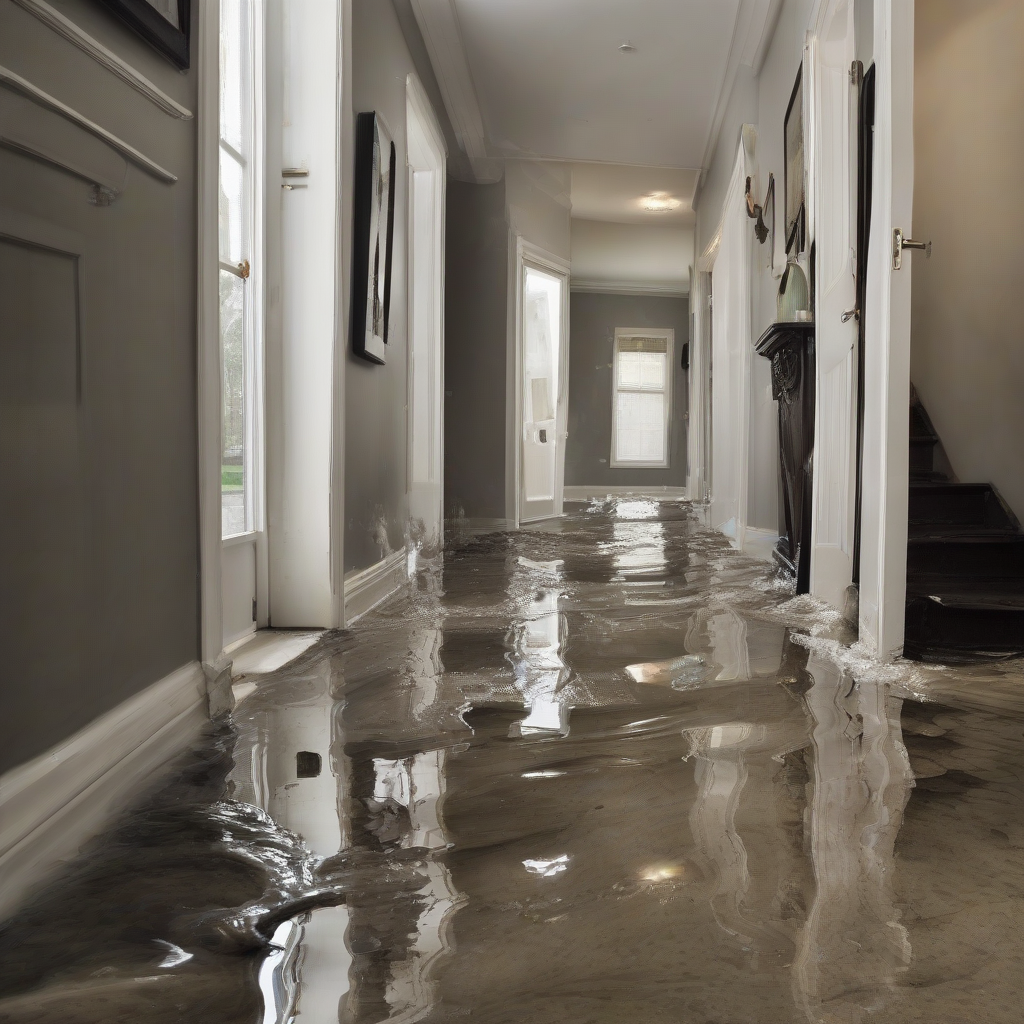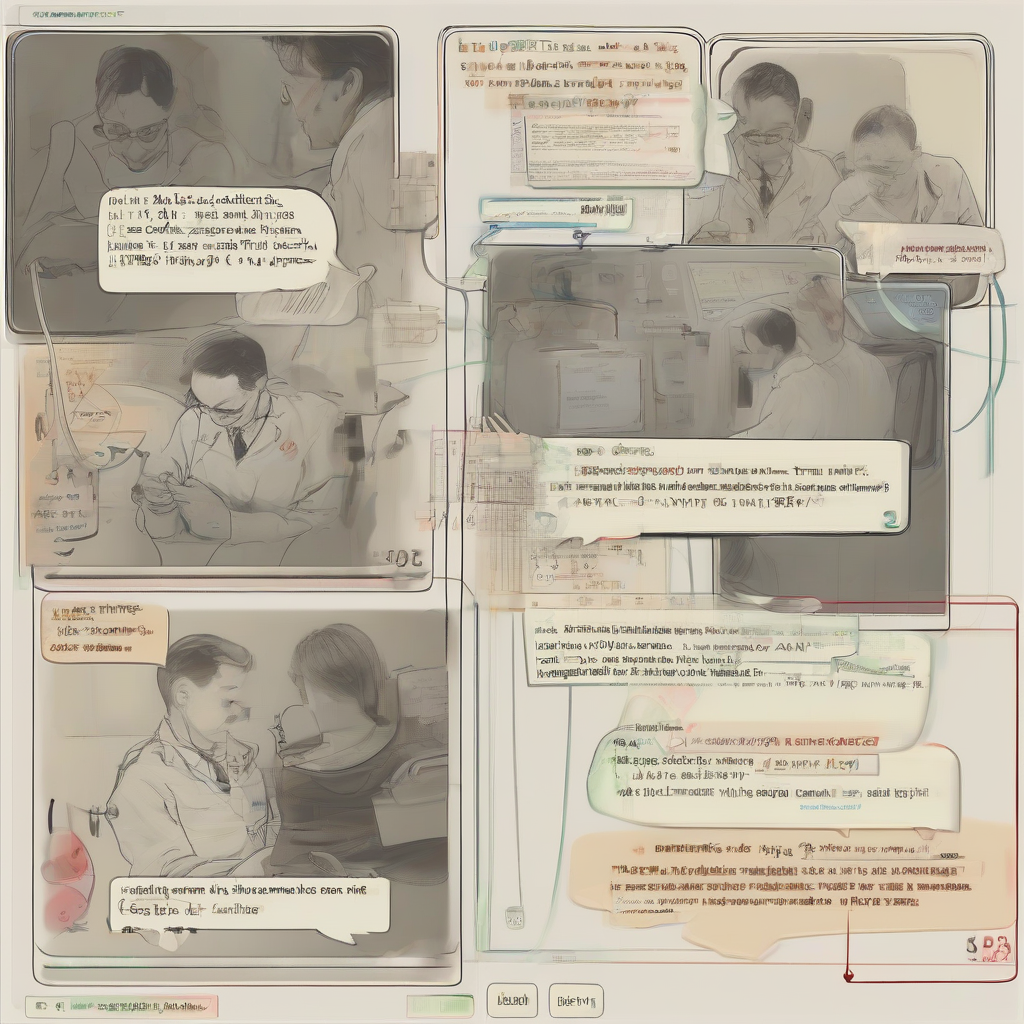Water Damage Claims: Everything You Need to Know About Home Insurance
Water damage is one of the most common and devastating types of home insurance claims. It can be caused by a variety of factors, including floods, burst pipes, leaking roofs, and appliance malfunctions. The financial and emotional impact of water damage can be significant, making it crucial to understand your home insurance policy and how to file a claim effectively.
Understanding Your Home Insurance Policy
Before a water damage incident occurs, it is essential to review your home insurance policy to determine what coverage you have. Key aspects to examine include:
- Covered Perils: Identify the specific perils that are covered under your policy, such as floods, burst pipes, or leaking roofs. Some policies may exclude certain perils, so it’s crucial to understand what is and isn’t covered.
- Deductible: Your policy will have a deductible, which is the amount you are responsible for paying before your insurance coverage kicks in. Knowing your deductible will help you assess the financial burden of a water damage claim.
- Coverage Limits: Your policy may have limits on the amount of coverage available for water damage. Ensure you understand these limits and whether they are sufficient for your property.
- Exclusions: Home insurance policies typically have exclusions, which are situations or damages not covered. Common exclusions include damage caused by negligence, intentional acts, or certain types of floods. It’s crucial to be aware of any exclusions in your policy.
Types of Water Damage Covered by Home Insurance
Home insurance policies generally cover water damage from various sources, including:
- Burst Pipes: Damage caused by leaking or bursting pipes within your home is typically covered.
- Roof Leaks: Damage resulting from leaking roofs, such as rain or snow seeping in, is often covered.
- Appliance Malfunctions: Water damage from malfunctioning appliances, like washing machines, dishwashers, or refrigerators, is usually covered.
- Sewage Backups: Damage caused by sewage backups from clogged drains or sewer lines is often covered, but some policies may have limits or exclusions.
- Frozen Pipes: Damage resulting from frozen pipes bursting is generally covered, but policies may have specific conditions or exclusions.
What’s Not Covered by Home Insurance
While home insurance policies cover many types of water damage, there are some situations where coverage may be limited or excluded. These include:
- Flooding: Standard home insurance policies typically do not cover damage caused by flooding, such as from overflowing rivers or heavy rain. Separate flood insurance is often necessary for this type of damage.
- Negligence: Damage caused by negligence, such as leaving a faucet running or failing to maintain your home properly, may not be covered.
- Intentional Acts: Water damage caused by intentional acts, such as vandalism or arson, is generally not covered by home insurance.
- Gradual Water Damage: Damage caused by gradual water seepage, such as a slow leak in a pipe, may be excluded if it is not reported promptly.
- Certain Types of Pools: Some policies may exclude coverage for damage related to pools, especially if they are not properly maintained or insured separately.
Filing a Water Damage Claim
If you experience water damage to your home, it’s important to take the following steps:
- Contact Your Insurance Company: Immediately notify your insurance company about the water damage. Most companies have a 24/7 claims hotline for reporting incidents.
- Secure the Property: If possible, take measures to prevent further damage. This may involve shutting off water sources, removing valuables, or covering damaged areas with tarps.
- Document the Damage: Take photos and videos of the water damage, including the extent of the damage and the affected areas. Note any pre-existing conditions that might contribute to the damage.
- Keep Receipts: Save all receipts for any expenses related to mitigating the damage, such as repairs, cleaning, or temporary housing. These expenses may be reimbursed by your insurance company.
- Cooperate with the Adjuster: Once you file a claim, an insurance adjuster will be assigned to investigate the damage and determine the coverage. It’s important to cooperate fully with the adjuster and provide all requested documentation.
Tips for Preventing Water Damage
Taking preventative measures can significantly reduce the risk of water damage to your home. Here are some helpful tips:
- Regular Inspections: Have your plumbing system inspected regularly by a qualified plumber to identify and address potential leaks or issues before they become major problems.
- Maintain Your Roof: Ensure your roof is in good condition and repair any leaks or damage promptly. Schedule regular inspections and consider having your roof cleaned and sealed.
- Check Appliances: Inspect your appliances, such as washing machines, dishwashers, and refrigerators, regularly for leaks or malfunctions. Replace old or faulty appliances to minimize the risk of water damage.
- Install Water Sensors: Consider installing water sensors in areas prone to leaks, such as basements, bathrooms, and kitchens. These sensors can detect leaks and alert you before they become major issues.
- Insulate Pipes: Insulate pipes in areas prone to freezing temperatures to prevent them from bursting. Consider using pipe insulation or heating tape to protect your plumbing system.
Conclusion
Water damage can be a devastating event, but understanding your home insurance policy and taking preventative measures can help mitigate the financial and emotional impact. By knowing what is covered, how to file a claim effectively, and how to prevent water damage, you can protect your home and peace of mind.



